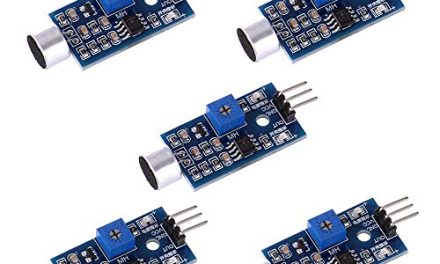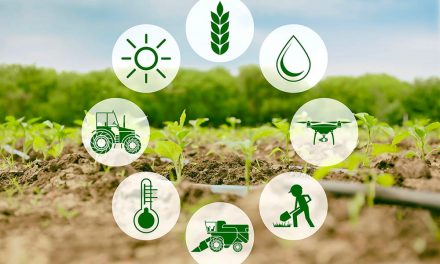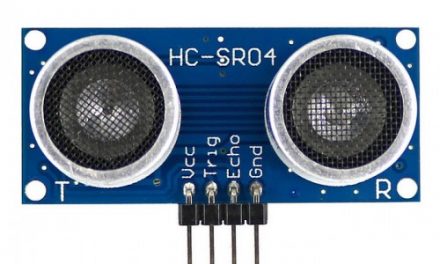The world has seen technologies that have disrupted all sectors of the world economy. The technologies that are quite popular today are the Internet of Things and Big Data. This article investigates what these are, as well as the relationship between IoT and Big Data.
Before we investigate the relationship between IoT and Big Data, let us start with a definition of both of these terms.
Table of Contents
What is IoT?
The Internet of things is a system of interrelated computing devices, mechanical and digital machines provided with unique identifiers and the ability to transfer data over a network without requiring human-to-human or human-to-computer interaction.
The various IoT devices generate a lot of data. Thousands of sensors continuously generate data such as the temperature, humidity, force, acceleration, location, etc. All this data is part of the “big data.” As a result the IoT focused developers are designing and developing platforms, and software applications that enterprises and organizations can use to manage their IoT devices and the data generated.
What is Big Data?
Big Data is a term that describes the large volume of data, both structured and unstructured and the ways in which we study, analyse and process these data sets that are too large to be handled by traditional data-processing software.
Data that is referred to as big data has the following characteristics that are commonly known as the four ‘V’s:
1. Volume
This refers to the huge amount of data that is collected through IoT sensors, social media, online transactions, as well as other mediums cannot be stored or processed using traditional methods. The data sets are often so large that they cannot even fit on a single server and the data must be distributed between several storage locations.
2. Variety
The data is of many different forms. This includes videos, audio files, and text. The data is not as clearly defined as it was in the past. This therefore means that powerful analytics software is needed to gain valuable insights from the unstructured data.
3. Velocity
The data is collected at amazing speeds. Data is currently collected at around 2.5 quintillion bytes per day. There are hundreds of thousands of social media posts per day, and over 5 billion searches on Google. All this accumulated data is streamed into servers at a previously unprecedented speed.
4. Veracity
This refers to the accuracy or truthfulness of the particular set of data. This involves the evaluation of the data source. This is important as poor quality data results in poor quality decisions. In the United States, poor quality data costs the country around $3.1 trillion dollars per year. This shows how important accurate data is.
Differences between IoT and Big Data
1. Data Usage
Both IoT and Big Data refer to collecting large sets of data. However, IoT is the only one which seeks to run analytics at the same time to support real time decisions. An example is an autonomous vehicle. It needs to collect data on its position relative to the various objects in its environment and make decisions in real time to avoid collisions. An organization such as an ecommerce giant may track consumer habits over time and use that data to create tailored content for each consumer.
2. Data Sources
Big data analytics is mainly targeted at human choices such as data from social media. This data is then used in an effort to uncover trends and predict human behaviour. IoT data is mainly machine generated as it comes from the various IoT sensors. It is machine oriented and it is mainly about tracking performance that is later used for applications such as predictive maintenance.
Benefits of IoT and Big Data
1. Increased Revenue
The use of IoT and big data analytics helps to increase the revenue of businesses. This is done by helping the businesses extract the maximum amount of information from the data present, thus, allowing them to get better insights. Solutions such as Platform as a Service (PaaS) allow businesses to store their data on the cloud, which is cheaper than the traditional storage methods such as the business purchasing and hosting their own server.
2. Reduced Downtime
In manufacturing industries, downtime is very expensive. Through the use of IoT sensors, these companies are able to collect a significant amount of operational data. This allows the companies to have an in-depth analysis of the operations of the machines, as well as having the facility to predict components of machines whose failure is imminent. This allows the companies to purchase spares in time and to save money.
3. Better Health
The combined features of IoT and big data can greatly improve the health sector. The big data present will be able to help those in the medical field to produce better research. The IoT devices will help to provide the data. For example devices such as fitness sensors provide data about the patient’s heart rate, exercise patterns, sleep behaviour as well as the general health status of the individual. This data can then be used in conjunction with big data to revolutionize the health care sector. The use of both technologies can enable new ways of remote diagnosis with a better understanding of the diseases present.
4. More Efficient Transport
The transportation sector already uses the IoT technology. In this technology, the various IoT sensors are present in the vehicles of the transportation companies, and these sensors are used to provide the transport companies with real time data. They can locate their vehicles in real time and see if the driver is following the pre-set route.
If there is anomalous behaviour, the company is immediately notified and it can take relevant actions. For example, if the driver suddenly stops, then the vehicle heads in the wrong directions at a high speed, this could be the indication of a vehicle that has been hijacked. Through the use of IoT and big data, the company can then get even better insights which will be used to choose the best transportation routes, increase fuel efficiency as well as to improve the organization’s productivity.
Conclusion
This article has clearly brought out the definitions of both the technologies, IoT and big data. The benefits of both big data and IoT were clearly brought out.
We hope you enjoyed the article.





